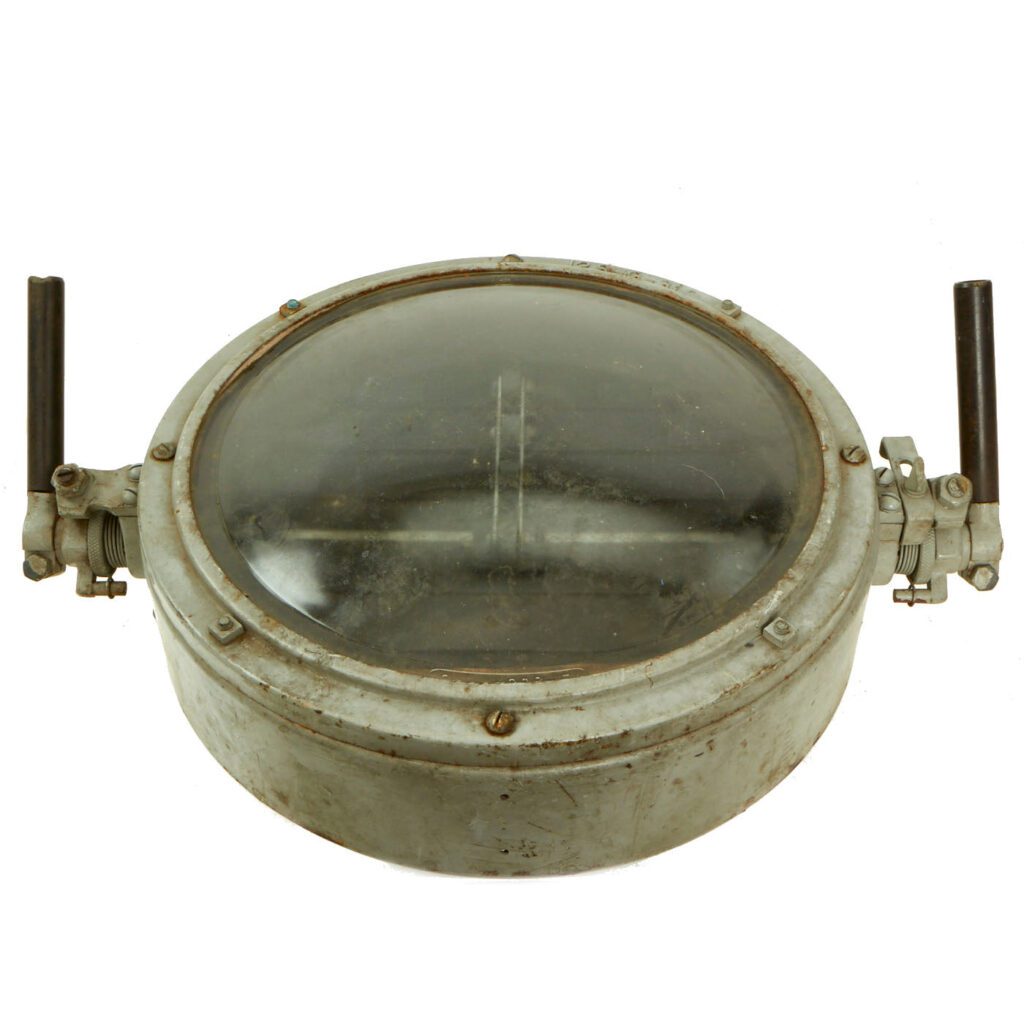Communication on the ancient battlefield was vital for the success of military operations. Even without advanced technologies, armies relied on various codes, signals, and semaphore systems to convey messages efficiently. Codes like the Caesar cipher and Spartan scytale were used to encrypt and decrypt secret messages between units. Signals, such as smoke signals and flags, were essential for long-distance communication and conveying specific orders. Semaphore systems, like the one developed by Athens, allowed for rapid transmission of messages over vast distances. These ancient communication methods played a crucial role in coordinating troop movements and maintaining the element of surprise on the battlefield.
Ancient Battlefield Communication
Communication on the battlefield has always been crucial for the success of military operations. In ancient times, when there were no advanced technologies like radios or smartphones, armies had to rely on various codes, signals, and semaphore systems to convey messages quickly and efficiently.
Codes
Codes were used in ancient times to transmit secret messages between military units. These codes often consisted of symbols, numbers, or letters that represented specific words or phrases. One famous example of an ancient code is the Caesar cipher, which was used by Julius Caesar to encrypt his messages.
Another example of a code used in ancient battlefield communication is the Spartan scytale. The scytale was a wooden rod around which a strip of parchment was wrapped. The message was written on the strip of parchment, and when unwrapped, the message appeared as a jumbled mess of letters. Only someone with a similar rod of the same size could decipher the message.
Signals
Signals were also crucial for battlefield communication in ancient times. Smoke signals were commonly used by various ancient civilizations, including the Greeks, Egyptians, and Native Americans, to communicate over long distances. Different patterns of smoke could convey different messages, such as an imminent attack or the location of enemy troops.
Flags were another important tool for signaling on the battlefield. Different colors and patterns of flags could be used to convey specific messages, such as orders to retreat or advance. Drumbeats and bugle calls were also used by ancient armies to signal troop movements and coordinate attacks.
Semaphore Systems
Semaphore systems were a more advanced form of communication used by ancient armies. Semaphore involved using visual signals, such as flags or torches, to transmit messages over long distances. One of the most famous semaphore systems was developed by the ancient Greek city-state of Athens.
The Athenian semaphore system consisted of a series of strategically placed towers, each equipped with a large wooden or metal frame. A signaler at one tower would use flags or torches to transmit a message to the next tower in the chain, and so on, until the message reached its destination. This system allowed for the rapid transmission of messages over vast distances, enabling the Athenian army to coordinate their movements and strategies effectively.
Conclusion
Ancient battlefield communication relied on a combination of codes, signals, and semaphore systems to convey messages quickly and efficiently. These methods were essential for coordinating troop movements, relaying orders, and maintaining the element of surprise on the battlefield. While modern technology has rendered many of these ancient communication methods obsolete, their importance in the history of warfare cannot be overstated.
